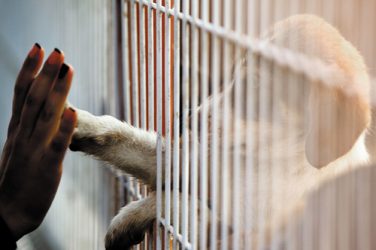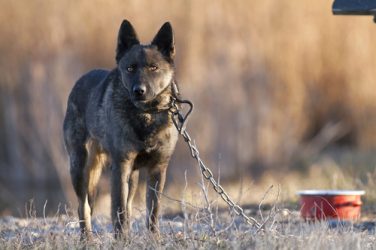As you started quarantining because of the COVID-19 pandemic, your dog must have probably gotten used to your presence around the house.
However, once things start getting normal, your fur babies may find it difficult to adjust without your presence and transition back to the old days. While it may be easy on some dogs, others could have a difficult time adjusting.
Signs your dog is not adjusting:
- Drooling: Canine anxiety is associated with drooling. If you come home to see a wet floor, it could be a sign of anxiety in dogs.
- Vocalization: An immediate sign to see if your dog is not taking it well can be whining, barking, or howling as you leave them behind.
- Self-Injury: When dogs try to escape, they can end up hurting themselves. Seeing some form of self-injury can be a sign that they are trying to run behind you or are stressed.
- Anorexia: Dogs can express their sadness through food. Even if you leave a bowl of their favorite meal, it can remain untouched, and may only eat in your presence.
- Chewing: If you see some destructive chewing in places from where they can escape, such as the door or the window, it can be a sign of anxiety.
You can also contact your veterinarian if you don’t know where to start. Getting some medical check-ups can help ensure that your dog is not stressed.
While some people use intimidation as a technique to calm their dogs down, it can make the situation more damaging. Instead, work with a professional who can use effective methods to make your dog feel better.
Five things to bring your dog on a peaceful track:
- Food-Stuffed toys: Try to make your dog excited at the look of food stuffed toys. Starting this during quarantine can give you enough time to make them excited. You can leave the toys later when you leave the house too.
- Departure Cues: Start by picking up your keys, putting on your shoes, and walk around the house for some time. Then, put your keys down and take off your shoes. These are some great ways to get started with the question “Is it ever too late to start training a dog?” It’s never too late to start training your dog to understand that you need to put on your shoes every day and walk out the door. These random practices can make your dog comfortable since they understand this practice does not always mean that you are leaving.
- Exercise Plan: Giving your dog enough exercise can reduce their levels of anxiousness and worry as well.
- Casual Arrivals: When entering your home, be calm and random. As your dog gets excited, wait until she is patient to greet her.
- Out-of-sight Stay: Start by making your dog sit and take a step back and return to give her a treat, take two steps back, and return to give her a treat. Keep doing this until you go out of her sight. This way, the dog understands that if she remains calm, she will get a treat when you return.
Leaving your dog behind is hard for both your pet and you. Thankfully, you always go home to them at the end of the day making the wait all the more precious.







